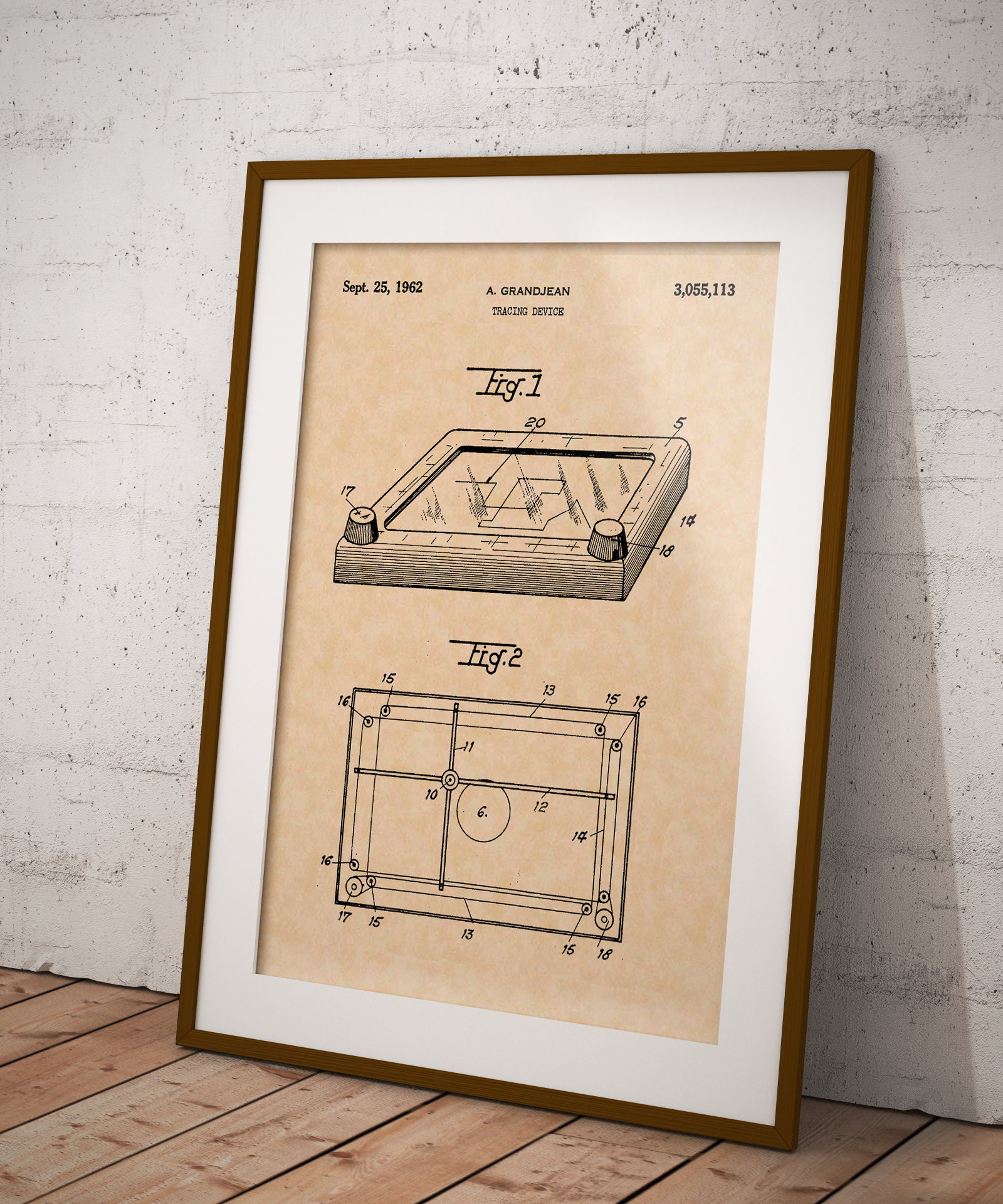
■ An experiment for dealing with the loss of direct vision How can we deal with the loss of direct vision?.We can see just “light, shade, and colors” ‣ We canʼt believe that what we see is something tangible ■ The rupture suggested by Berkley became an actuality in 19th century ‣ What we see is made combinedsenses experience and tactile George Berkley(1709), An essay towards a new theory of vision “Image”: Projected on the retina as a copy of the physical world ■ How is Sketchpad able to draw something using light without a mark? Light is the ink and the mark in a figurative sense ‣ CRT radiates light and Light pen receives it ■ The letters INK onradiating from thenot a physical ink Light is transformed into electrical signals A beam of electrons controlled by electrical signals ‣ A picture painted by a sharply focused beam of electrons Something is drawn on the radiant surface without a mark.Gibson (1979), The ecological approach to visual perception Surface, leaves traces and thus affords trace-making. Pencilʼ and the ʻpaper.ʼ Ivan Sutherland (1966), Computer inputs and outputsĪ hand-held tool of enormous importance is one that, when applied to a The computer is placed, in effect, between the ʻpoint of the Unlike an ordinary pencil, the stylus itself does not make any direct mark on
Sketchpad 1962 movie#
Sketchpad demo movie (1962) from Alan Kayʼs video lecture, Doing with images makes symbols.‣ A study for new drawing action from a relationship among theĮlectrical technology, the light source and our senses. Lev Manovich (2001), The language of new media Sketchpad exemplified a new paradigm of interacting with computers: byĬhanging something on the screen, the operator changed something in

■ What is the meaning of Ivan Sutherlandʼs Sketchpad?

■ Lev Manovichʼs classification of the screen

There is no image in the electric technology.


 0 kommentar(er)
0 kommentar(er)
